Sommario
Thanks to some new anti-wear coatings tests, interesting results have been achieved: a step towards the identification of more eco-friendly and safer supplies.
A study that was carried out by Il Sentiero International Campus, MBN Nanomaterialia and the University of Modena and Reggio Emilia, led to the identification of a new composite material consisting of titanium carbide in nickel-chromium alloy. In the future, it could replace the tungsten carbide in cobalt-chromium alloy, the ceramic-metallic composite most widely used for anti-wear and corrosion coatings, which is at risk of supply and harmful.
In fact, it has been proven that the new composite, although within the limits of some very specific conditions, has a very close wear resistance and a higher corrosion resistance with respect to the currently used composition.
It is important to underline that it is not already able to replace standard materials; however, results are better than previous tests and open the way to further research to develop environmentally sustainable alternatives.

The study, concerning wear tests on the coating, was published in the prestigious scientific journal “Wear“ dedicated to the development of basic and applied knowledge in the field of material wear.
Il Sentiero International Campus carried out material characterization activities, especially on wear and corrosion, fields in which the Research Center has developed specific skills through the creation of test benches and custom tests execution, such us, for example, on this project.
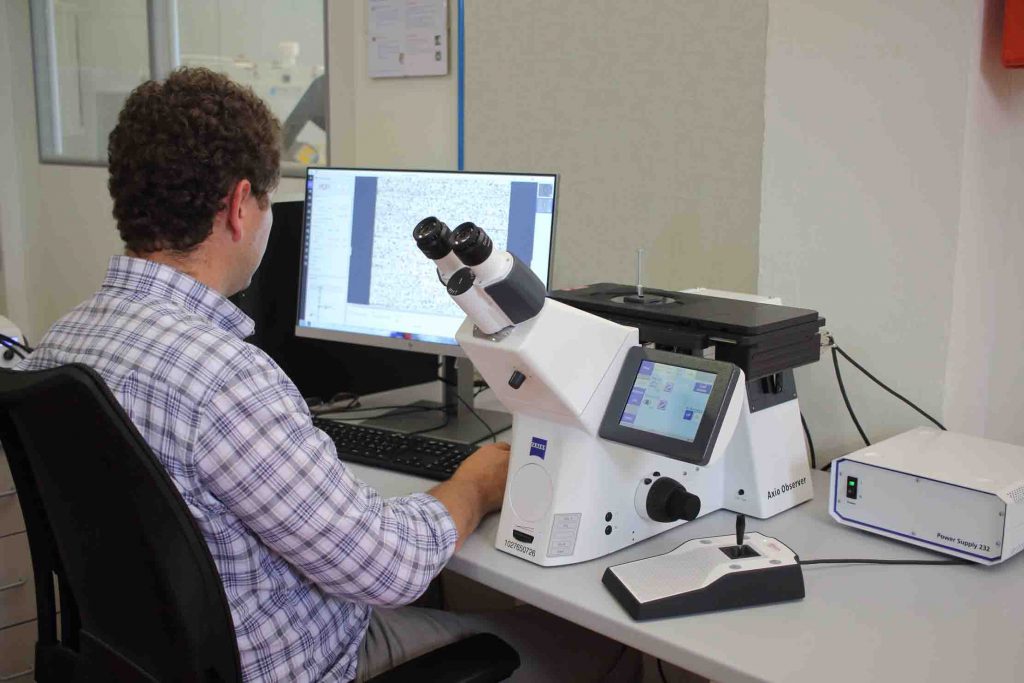
The research background
The research was launched with the aim of studying compositions for anti-wear and corrosion coatings without tungsten and cobalt, that today are the main elements used for anti-wear and anti-corrosion coatings applied with thermal spray technology.
These materials are critical and harmful, as explained by Giovanni Bolelli, Researcher in the Engineering Department “Enzo Ferrari” of the University of Modena and Reggio Emilia who coordinated the characterization and laboratory tests of the coated samples.
«On the one hand, tungsten and cobalt are considered critical raw materials by the EU, because of their technical relevance combined with the supply risk -explains Bolelli-. In fact, they are entirely extracted outside the EU and imported exclusively from few sources. It is very important to reduce the dependence of the various economic and industrial sectors on these materials. On the other hand, metallic cobalt has recently been classified as a cancer-causing substance. So the use of this material should be reduced as much as possible, to minimize the risk of exposure both during industrial manufacturing processes and while using products containing it».
Identifying alternatives that can guarantee the same performance in terms of wear resistance and corrosion is necessary to preserve the available resources and workers’ health.
In addition to this, anti-wear and anti-corrosion coatings are now widely used to improve the performance and extend the life of the components in industrial sectors such as aerospace, automotive, energy production, oil&gas and many more.

The phases
The research took place in three phases:
- MBN Nanomaterialia produced the composition made of titanium carbide and nickel-chromium alloy and made its deposition using HVAF (High Velocity Air Fuel)
- The University of Modena and Reggio Emilia and Il Sentiero International Campus realized a further deposition of the coating with HVOF (High Velocity Oxygen Fuel) technology; the HVOF plant was available thanks to an agreement between the Department of Engineering and Ecor International. The same technology, considered optimal for industrial purposes, was used to deposit the original coating, cobalt-chromium tungsten carbide.
- The University of Modena and Reggio Emilia and Il Sentiero International Campus carried out the characterization of the innovative coatings obtained through the two deposition technologies. In particular, they studied their properties, performing hardness and electrochemical corrosion tests, wear tests, X-ray analysis, microscopy and spectrometry. The same tests have been performed on the reference coating.
The deposition and characterization tests carried out under the same conditions on all coatings allowed to compare their properties and to understand if the innovative coating could be used as an alternative to the reference coating.

Results
Some encouraging results emerged thanks to this research, confirmed by specific tests on anti-wear coatings.
«One of the most interesting data concerns wear resistance at room temperature of the innovative composite (titanium nickel-chromium carbide), which is very close to the traditional coating’s wear resistance (cobalt-chromium tungsten carbide) -confirms Paolo Sassatelli, Researcher in the field of Surface Engineering at Il Sentiero International Campus-. This result, measured through wear rate, is very important because it was not easy to identify a composite material with these properties: we achieved an improvement of over 10 times if compared to the previous development’s phase. As consequence, this composition could be an interesting green alternative».
In addition to this, positive results have been achieved on corrosion resistance.
«The corrosion resistance in seawater of the new composition was higher than the cobalt-chromium tungsten carbide composition -adds Sassatelli-. In particular, the corrosion current values measured by electrochemical tests, which indicate the corrosion rate of the sample, are 10 times lower than the composition currently used».
During wear tests execution with a higher temperature (400 °C), the nickel-chromium titanium carbide coating proved to be more tenacious than the reference target. In fact, it was not observed the fracture of some coating portions: this condition can compromise functionality and durability in the most demanding applications and was observed in the other composite. Nonetheless, it is important to underline that the wear resistance value was lower than the reference value.
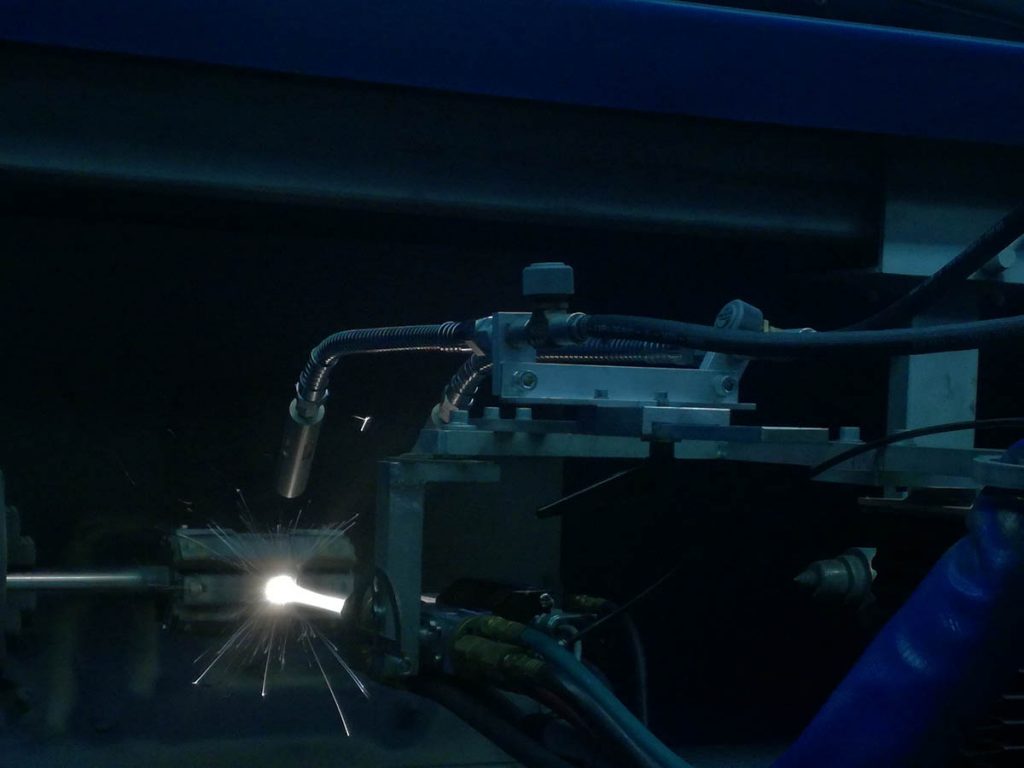
Researchers’ comments
The result was possible thanks to a synergic work researchers and experts in the field of materials and surfaces, operating in the University and industrial fields. In particular: the aforementioned Paolo Sassatelli, (Il Sentiero International Campus) and Giovanni Bolelli (University of Modena and Reggio Emilia); Luca Lusvarghi, Associate Professor in the Engineering Department of the same University and head and coordinator of research activity on Surface Engineering and tribology; Stefania Morelli and Veronica Testa, PhD students; Pietro Puddu, research fellow; Enrico Righetti, graduating; Alberto Colella, General Manager of MBN Nanomaterialia.
«The results of this research have an immediate and current relevance -explains Bolelli-. They highlight, in fact, that titanium carbide-based coatings can be considered alternatives to conventional cobalt-chromium tungsten carbide coatings in all the applications that require resistance to corrosion and sliding wear, also at high temperature such as, for example, the aeronautical, petrochemical, paper sector, and automatic machines for packaging and for the food & beverage industry. In the latter area, the absence of dangerous substances such as cobalt and the possibility of using iron-chromium-based metal matrices (similar to stainless steels) can be very important».
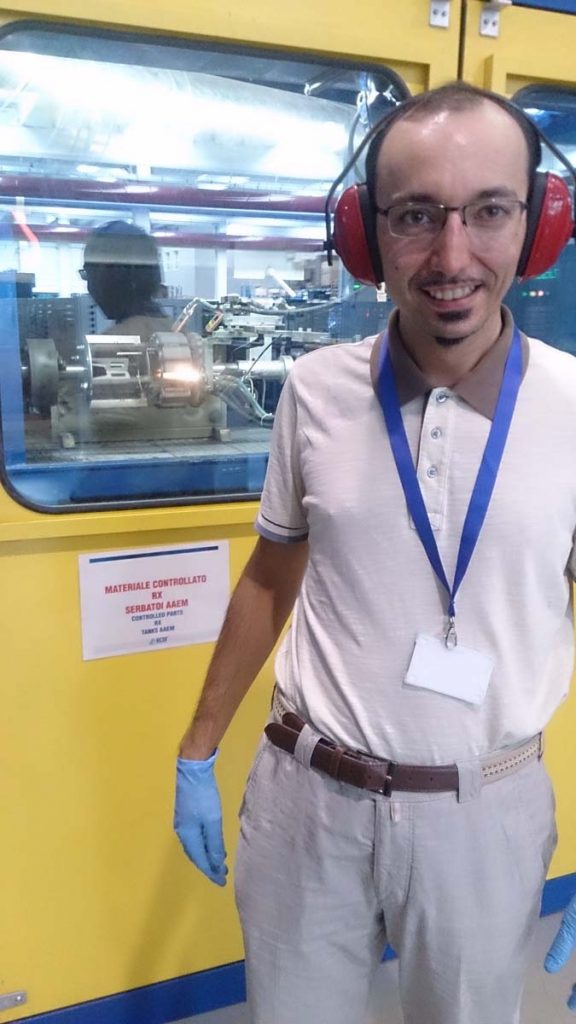
«Titanium carbide-based coatings can be considered in all the applications that require resistance to corrosion and sliding wear such as, for example, the aeronautical, petrochemical, paper sector, and automatic machines for packaging and for the food & beverage industry»
Giovanni Bolelli, Researcher – University of Modena and Reggio Emilia
Il Sentiero International Campus expressed satisfaction.
«It is very difficult to identify a coating composition that achieves functional capacities of cobalt-chromium tungsten carbide, despite the fact that the individual ingredients can have comparable properties -continues Sassatelli-. The titanium carbide nickel-chromium alloy composition has irrefutable advantages: it is free of critical raw materials and does not contain elements harmful to health».
«Furthermore, -adds Sassatelli-, it is lighter and it contributes to reduce the energy for the operation of the vehicles and products on which it can be applied, such as aircraft, for example, but not only. Finally, with the same weight of raw material, it is possible to coat a wider surface, reducing costs in the production phase of the components. Although it is still early to talk about a material capable of replacing the other composition used today, we improved the results if compared to the previous phase and the performances are promising».

«The new composition has irrefutable advantages: it is free of critical raw materials, does not contain elements harmful to health, it is lighter and it can coat a wider surface with the same weight».
Paolo Sassatelli, Researcher – Il Sentiero International Campus
«The collaboration allowed us to develop a new generation of green nanostructured powders for thermal-sprayed surface coatings, avoiding the use of materials such as Cobalt and Tungsten Carbide -concludes Colella of MBN Nanomaterialia-. Prototype applications of these materials are mainly aimed at anti-corrosion and anti-wear coatings in mechanical components that operate in different industrial environments, also replacing hard chrome plating treatments».
Scientific studies
- G. Bolelli, A. Colella, L. Lusvarghi, S. Morelli, P. Puddu, E. Righetti, P. Sassatelli, V. Testa, TiC–NiCr thermal spray coatings as an alternative to WC-CoCr and Cr3C2–NiCr, Wear 450–451 (2020) 203273, https://doi.org/10.1016/j.wear.2020.203273.
- G. Bolelli, A. Colella, L. Lusvarghi, P. Puddu, R. Rigon, P. Sassatelli, V. Testa, Properties of HVOF-sprayed TiC-FeCrAl coatings, Wear 418–419 (2019) 36-51, https://doi.org/10.1016/j.wear.2018.11.002.
- G. Bolelli, L.-M. Berger, T. Börner, H. Koivuluoto, L. Lusvarghi, C. Lyphout, N.Markocsand, V. Matikainen, P. Nylénd, P. Sassatelli, R. Trache, P. Vuoristoc, Tribology of HVOF- and HVAF-sprayed WC–10Co4Cr hardmetal coatings: A comparative assessment, Surface & Coatings Technology, 265 (2015) 125–144, https://www.journals.elsevier.com/surface-and-coatings-technology


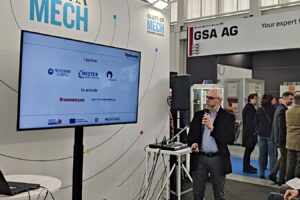
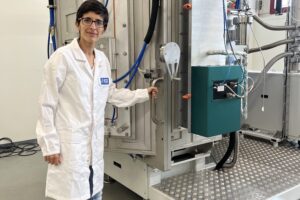






 @EcorIntern
@EcorIntern